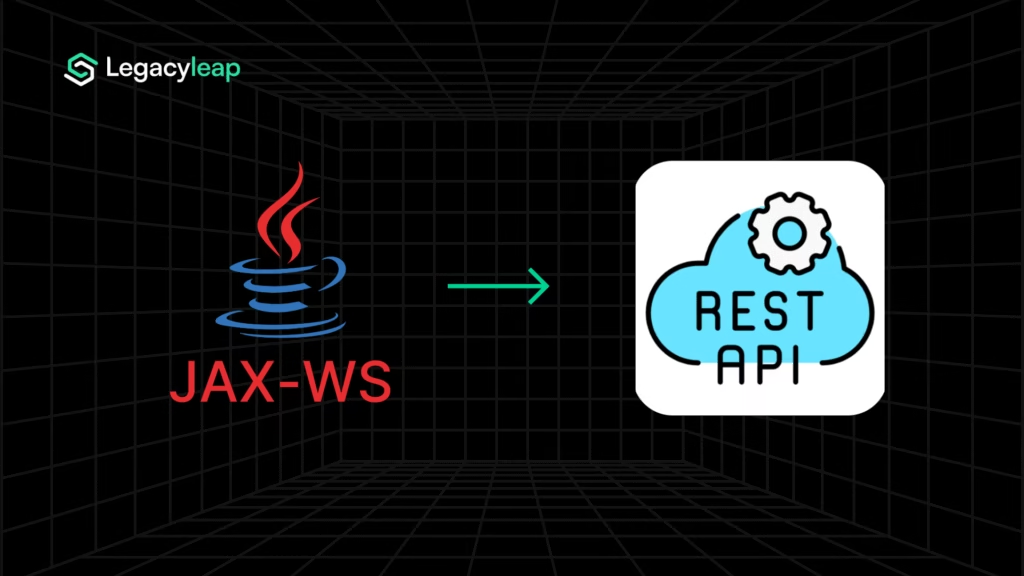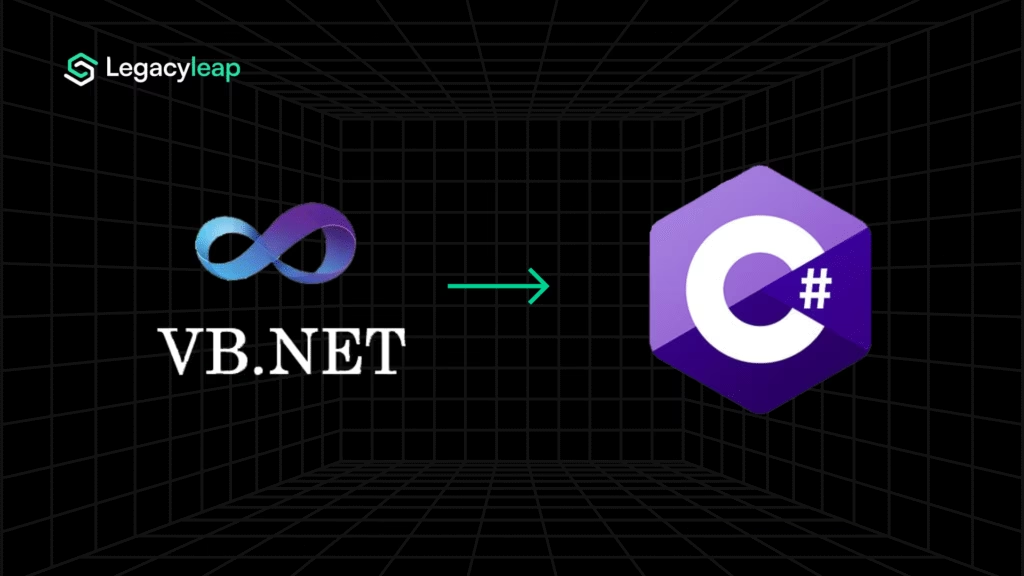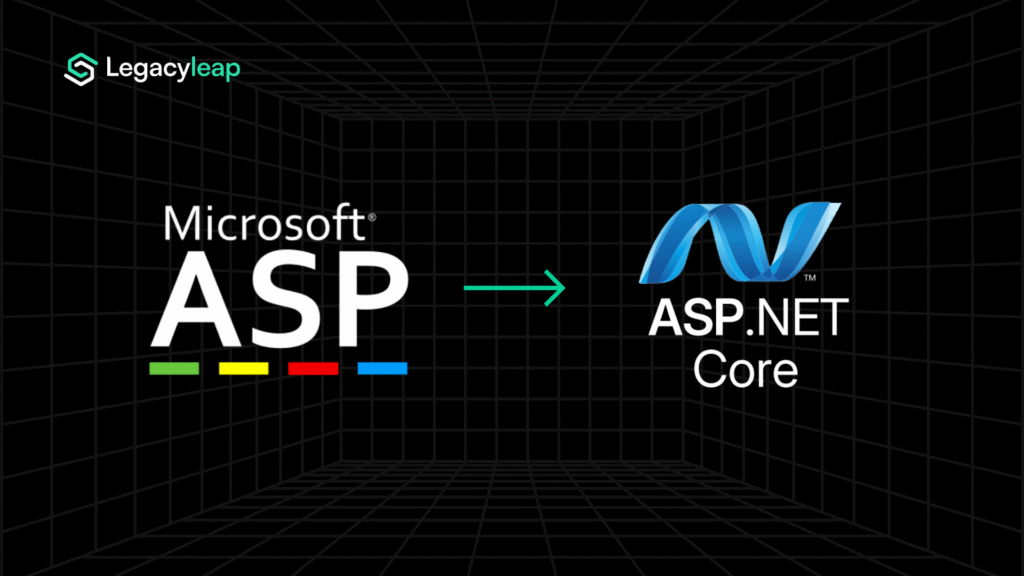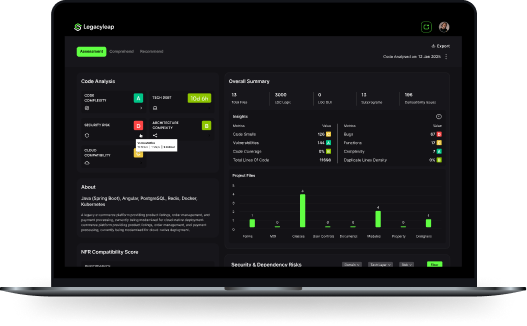Introduction: Why Enterprises Must Move Beyond Legacy App Servers
For years, WebLogic and JBoss were enterprise standards for deploying Java EE applications. But today, they are liabilities:
- Heavyweight and costly: Licensing and operational overheads increase TCO.
- Complex deployments: XML-heavy server configs slow down delivery pipelines.
- Poor cloud fit: Traditional app servers weren’t built for containerization or Kubernetes.
- Security and compliance risks: Legacy servers require constant patching and monitoring.
Enterprises running WebLogic/JBoss apps face mounting costs and limited agility. Migrating to Spring Boot with embedded servers or containers enables agility, scalability, and cloud readiness.
Why Spring Boot and Containers Are the Future of Java Deployments
Migrating from WebLogic or JBoss to Spring Boot or container-based environments is a move from infrastructure-bound architectures to application-centric agility.
| Capability | WebLogic / JBoss (Legacy) | Spring Boot / Containers (Modern) | Enterprise Impact |
| Deployment Model | EAR/WAR packages on heavyweight servers | Executable JARs with embedded Tomcat/Jetty | Simplifies releases and eliminates server dependencies |
| Cloud Readiness | Limited or manual container support | Natively container-friendly, Kubernetes-ready | Enables CI/CD automation and multi-cloud scalability |
| Configuration | XML-heavy, environment-specific | Annotation-driven, YAML-based configuration | Faster iteration and easier maintenance |
| Scaling Model | Vertical scaling on fixed hardware | Horizontal scaling across containers | Lower cost, elastic infrastructure utilization |
| Licensing & Ops Cost | Proprietary servers, complex patching | Open-source stack with minimal footprint | Reduced TCO and improved time-to-market |
The difference is structural: traditional servers treat infrastructure as the runtime, while Spring Boot treats the application as the runtime. This inversion unlocks modular deployments, independent scaling, and native compatibility with DevOps toolchains.
For enterprises aiming to modernize gradually, Spring Boot offers a refactoring-first path, migrating EAR/WAR packages into standalone services before introducing containers. For those seeking cloud-native acceleration, containerization delivers immediate portability and CI/CD integration.
Key Challenges and Proven Strategies for Migration Success
Moving away from legacy app servers like WebLogic or JBoss isn’t a simple packaging exercise. Years of configuration, server-managed services, and deployment scripts must be refactored into a lighter, container-friendly model. For large enterprises, the real challenge lies in managing this complexity without disrupting production environments.
The most common hurdles include:
- Server dependencies: Legacy services rely on app-server infrastructure for JNDI lookups, JMS messaging, and transaction management. These must be re-mapped to equivalent Spring Boot modules or externalized middleware services, ensuring business logic continuity.
- Packaging differences: Traditional EAR/WAR artifacts must be repackaged into executable JARs with embedded Tomcat or Jetty. This conversion demands not only structural refactoring but also changes in how configuration and startup logic are managed.
- Configuration re-architecture: App-server-managed configurations (security realms, clustering, connection pools, and thread management) need to be redesigned using Spring Boot properties, YAML configs, or Kubernetes manifests for portability and scalability.
- CI/CD and automation gaps: Legacy build pipelines weren’t designed for container workflows. Migration requires integrating Maven/Gradle builds into Docker and Helm pipelines, enabling automated testing and deployment within modern CI/CD systems.
- Testing voids: App-server-based deployments often lack regression coverage. This makes it difficult to verify functional parity once services move to Spring Boot or containers, one of the biggest risks in modernization projects.
Proven strategies for de-risked modernization:
- Refactoring-first approach: Convert EAR/WAR deployments to standalone JARs with embedded servers before containerization. This isolates code from app-server dependencies early.
- Container-native transition: For complex estates, containerize first to gain operational visibility and stabilize environments before refactoring incrementally.
- Incremental cutovers: Use the Strangler Fig pattern to migrate modules one by one, allowing legacy servers and new services to coexist until full transition.
Each approach works best when guided by system-wide dependency mapping and automated validation, something that manual processes can’t reliably achieve.
Why Gen AI Changes the Migration Playbook
Traditional app-server migrations are slow, brittle, and error-prone. Every configuration file, JNDI reference, and packaging artifact must be examined by hand, often with incomplete documentation. Gen AI transforms this process from manual discovery to governed automation, providing speed, safety, and transparency at scale.
Here’s how modernization evolves with Gen AI:
- Server dependency tracing: AI scans codebases to identify app-server dependencies – JNDI calls, JMS resources, and clustering services – and maps them to modern Spring Boot equivalents. This provides a complete dependency graph before refactoring begins.
- Automated packaging: EAR/WAR artifacts are automatically converted into executable Spring Boot JARs or Docker images. The AI preserves configuration logic, startup parameters, and build dependencies, accelerating transition without manual intervention.
- Configuration transformation: App-server-managed configurations are restructured into Spring Boot or Kubernetes-native formats (YAML, application.properties, or Helm charts) ready for CI/CD integration and cloud deployment.
- Functional parity validation: AI-generated regression suites test containerized deployments against their legacy environments. This ensures every endpoint, transaction, and business flow behaves exactly as before.
By automating 60–70% of the migration effort, Gen AI eliminates repetitive manual work, accelerates delivery timelines, and ensures modernization outcomes are measurable and verifiable.
Legacyleap in Action: Verified Container Modernization
Modernizing WebLogic or JBoss applications demands precision because even one missed dependency or misaligned configuration can stall entire environments.
Legacyleap is engineered to eliminate that uncertainty, combining Gen AI automation with compiler-grade guardrails and enterprise governance to deliver verifiable modernization at scale.
How the platform de-risks app-server modernization:
- System-wide comprehension: Legacyleap automatically maps app-server services, JNDI lookups, transaction resources, and deployment dependencies before any transformation begins. This ensures complete visibility into what needs refactoring and in what sequence.
- Inside-enterprise execution: All analysis and transformation take place entirely within the enterprise environment. No external APIs, no code exposure—guaranteeing compliance with data governance and regulatory requirements.
- Human-in-the-loop governance: Every AI-driven change is reviewed and approved by engineers at defined checkpoints. Automation accelerates the work; human oversight ensures correctness, consistency, and alignment with enterprise coding standards.
- End-to-end modernization assets: Beyond code refactoring, Legacyleap generates deployment-ready artifacts such as Dockerfiles, Helm charts, Swagger documentation, and regression test suites, extending modernization from code transformation to production readiness.
Measured outcomes:
- 100% dependency coverage before refactoring begins
- 65–70% automation in EAR/WAR → JAR or container packaging
- 90%+ functional parity validated through AI-generated regression tests
- Predictable delivery timelines with measurable risk reduction
Conclusion: A Verified Path Beyond WebLogic and JBoss
Legacy app servers like WebLogic and JBoss were built for a different era of static infrastructure, long release cycles, and monolithic deployments. Today, they limit enterprise agility, inflate operational costs, and resist the scalability demands of modern DevOps ecosystems.
Spring Boot and container-based deployments provide a lightweight, modular, and cloud-aligned alternative. The transition is not simply a shift in technology but a redefinition of delivery speed, cost efficiency, and architectural flexibility.
With Legacyleap’s Gen AI-powered platform, this transition is no longer a gamble. From dependency discovery to container orchestration, every step is automated, validated, and governed. Enterprises gain predictable timelines, lower costs, and modernization outcomes they can measure.
Start with a $0 App Server Assessment to uncover your WebLogic and JBoss dependencies, evaluate migration feasibility, and receive a verified modernization roadmap tailored for your enterprise.
FAQs
Migrating to Spring Boot or containerized deployments removes the high licensing and support overhead tied to proprietary app servers. Open-source frameworks eliminate vendor lock-in while providing better portability across hybrid or multi-cloud environments. Legacyleap helps quantify ROI upfront by mapping existing server dependencies, associated costs, and projected post-migration savings.
Yes. Once legacy EAR/WAR packages are transformed into Spring Boot JARs or Docker images, they plug directly into existing CI/CD pipelines using tools like Jenkins, GitHub Actions, or GitLab. Legacyleap auto-generates build scripts and deployment manifests (Dockerfiles, Helm charts) so enterprises can adopt continuous delivery without re-engineering their toolchains.
Transitioning from app-server operations to modern deployment models requires rethinking workflows rather than relearning from scratch. Teams can build on existing Java expertise while adopting lightweight practices around configuration management, container orchestration, and observability. Legacyleap’s transformation insights and documentation provide a clear reference framework, accelerating skill adoption across engineering and DevOps teams.
All processing and transformation occur inside enterprise environments, ensuring data and source code never leave client-controlled infrastructure. Every AI-generated output is governed by compiler guardrails and validated by engineers at defined checkpoints. This combination of in-enterprise execution, traceable workflows, and human-in-loop oversight guarantees modernization stays compliant, secure, and fully auditable.
Legacy app servers often rely on static configuration and closed ecosystems, limiting visibility into vulnerabilities. In modernized Spring Boot or containerized environments, Legacyleap integrates automated security validation, checking encryption policies, access controls, and dependency vulnerabilities during build and deployment stages. The result is stronger, measurable security with full governance continuity.









